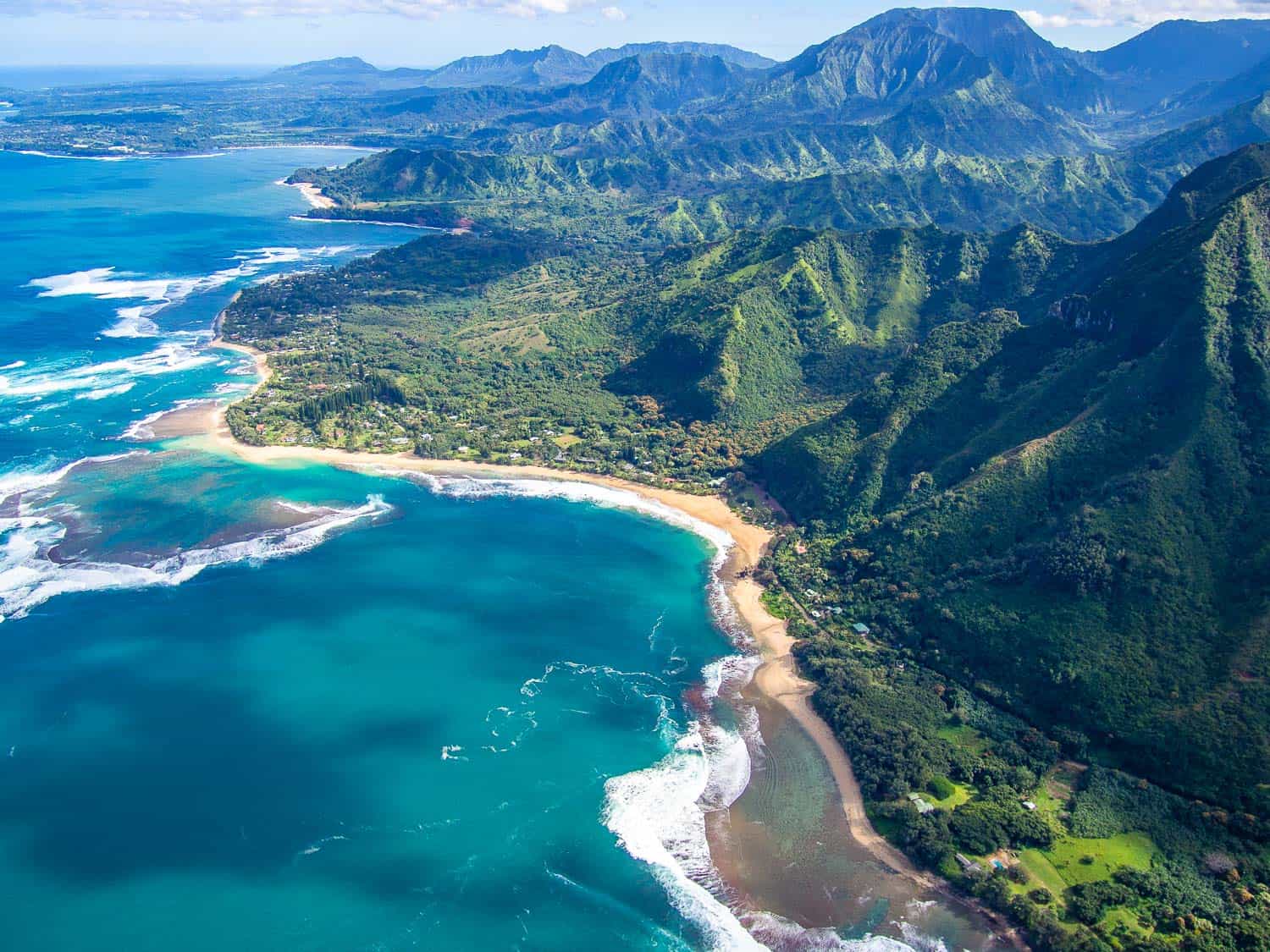
Exploring the Hawaii Time Difference From West Coast
Introduction: Understanding the Distinct Time Zone Variance
When considering the time difference between Hawaii Time Difference From West Coast, one delves into a unique temporal shift that can significantly impact travel, communication, and daily scheduling. The intriguing disparity in time zones between these two locations captivates individuals seeking to comprehend the temporal nuances and adapt their plans accordingly. Exploring the intricacies of the Hawaii Time Difference from the West Coast provides an insightful journey into the distinct time differentials influencing these regions.
Hawaii Time Difference From West Coast: A Detailed Analysis
The Core Disparity: Pacific and Hawaii-Aleutian Time Zones
The fundamental variance in time between Hawaii and the West Coast is primarily due to the difference in their time zones. Hawaii operates under the Hawaii-Aleutian Time Zone (HST), which is 2 hours behind Pacific Standard Time (PST) during standard time and 3 hours behind Pacific Daylight Time (PDT) during daylight saving time (DST). The West Coast of the United States encompasses states such as California, Oregon, and Washington, following the Pacific Time Zone (PT).
Daylight Saving Time Impact on Time Difference
During daylight saving time, typically observed from March to November in the West Coast, the time difference between Hawaii and the West Coast increases by an additional hour. Hawaii does not adhere to daylight saving time, maintaining a consistent time zone throughout the year. This variation can occasionally create confusion or scheduling adjustments for those traveling or communicating between these regions.
Practical Implications for Travel and Communication
Understanding the time disparity holds paramount importance for travelers and businesses operating between Hawaii and the West Coast. Travelers planning flights or meetings need to factor in the time difference to avoid any logistical complications. For instance Hawaii Time Difference From West Coast, a flight departing the West Coast at 10 AM PST and arriving in Hawaii after 5 hours would land at 8 AM HST, despite the lengthy flight duration.
Cultural and Lifestyle Adaptations
The time difference also influences the daily routines and lifestyle choices of residents and visitors. Tourists from the West Coast might experience a “jet lag” effect due to the time shift Hawaii Time Difference From West Coast, necessitating an adjustment period to synchronize their internal clocks with the local time in Hawaii. Moreover, conducting business or scheduling virtual meetings between these regions requires careful consideration to accommodate the time variation adequately.
Navigating Time Zone Challenges
Navigating the time zone differences between Hawaii Time Difference From West Coast necessitates utilizing various technological tools and resources. Employing time zone converters, scheduling applications, or setting dual time displays on digital devices can facilitate seamless coordination and communication between these regions, mitigating any confusion arising from the time discrepancy.
Conclusion: Embracing the Time Variance for Seamless Connections
In essence, comprehending the Hawaii Time Difference From West Coast Time Difference from the West Coast encapsulates acknowledging the unique temporal distinctions shaping these regions’ interactions. The juxtaposition of the Hawaii-Aleutian Time Zone with the Pacific Time Zone contributes to a fascinating temporal variance, influencing travel, communication, and daily activities. Embracing this diversity in time zones fosters adaptability and facilitates seamless connections between Hawaii and the West Coast, enriching the experiences of individuals navigating these geographical and temporal boundaries.

